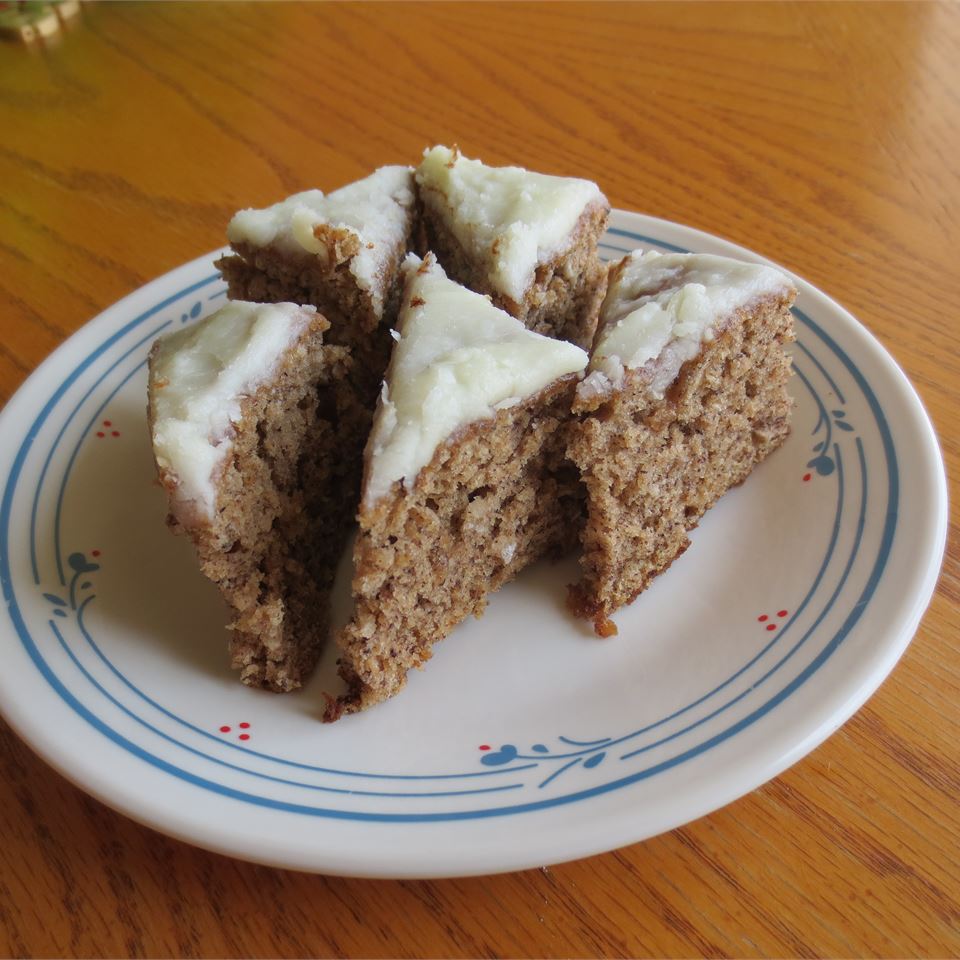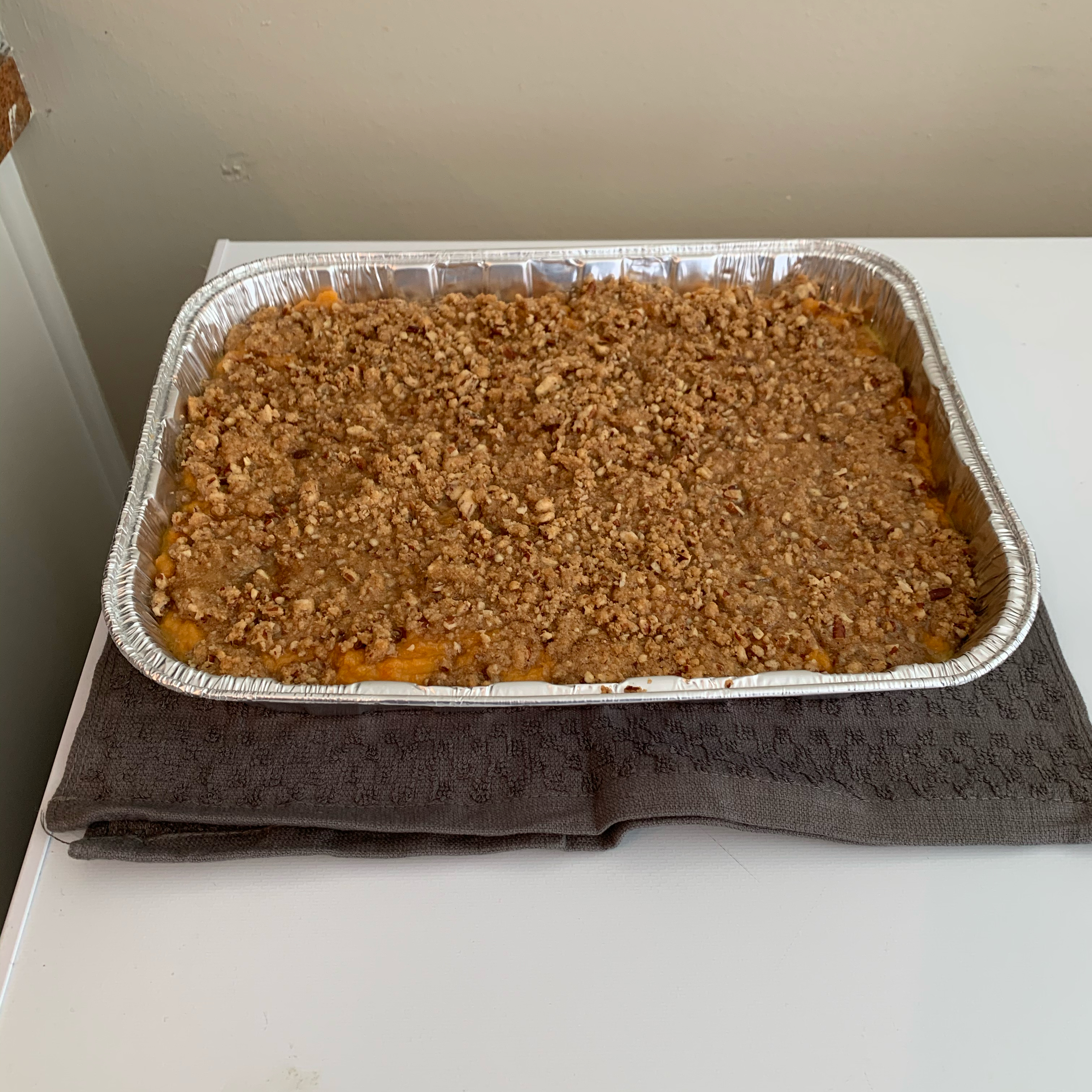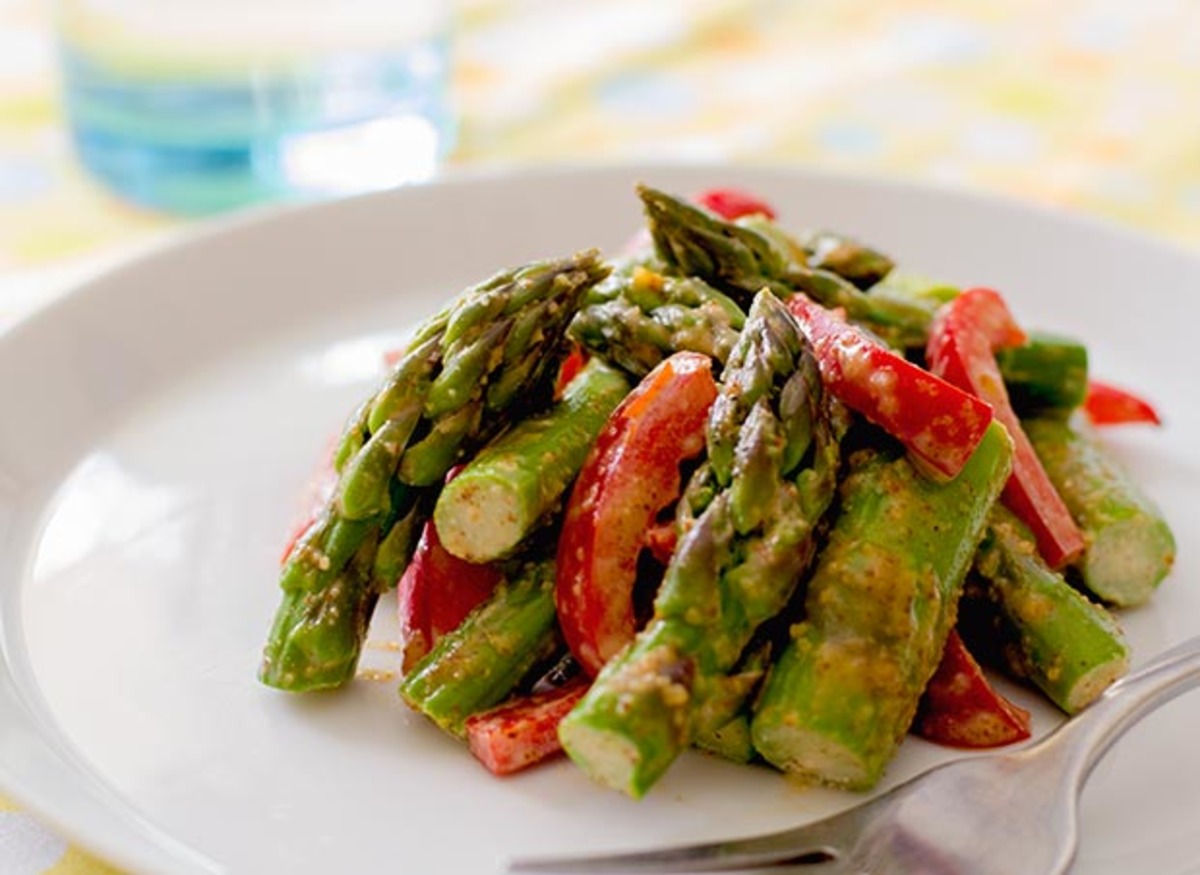**Unveil the Delightful World of Naturally Leavened Turkish Poğaça: A Culinary Journey Through Traditional Turkish Breads**
Embark on a culinary adventure into the world of Turkish poğaça, a delightful bread that embodies the essence of traditional Turkish cuisine. These soft, fluffy pastries are a staple in Turkish homes and bakeries, enjoyed for breakfast, lunch, or as a delectable snack. Poğaça is characterized by its distinct tangy flavor and chewy texture, a result of the natural leavening process that allows the dough to rise slowly and develop complex flavors. In this comprehensive guide, we present a collection of poğaça recipes that showcase the diverse range of this beloved bread, from classic savory varieties to sweet and indulgent options. Whether you're a seasoned baker or a beginner looking to explore the art of bread making, our recipes will guide you through the process of creating these Turkish delights.
NATURALLY LEAVENED TURKISH POğAçA

Classic Turkish poğaças, made with olive oil and yogurt, are like healthy cheese-and-herb scones. My variation uses natural sourdough leavening for an even healthier, more flavorful result. I love how layered and crispy these poğaças turn out, and how versatile the dough and fillings are.
Provided by dishesfromafar
Categories Recipes
Time 45m
Yield 6-7 poğaças
Number Of Ingredients 13
Steps:
- Whisk together the yogurt, olive oil, and sourdough starter in a medium bowl.
- Add most of the flour, reserving a little in case it's not needed, and add the salt. Mix and knead the dough in the bowl until all the dry ingredients are incorporated. Add more flour as needed to get a soft but not sticky dough.
- Wash and chop the herbs, and prep (crumble, slice, shred) the cheese you've chosen to use. Then add them as well as the black pepper to the dough by folding and kneading.
- Cover the dough and let it ferment at room temperature for 4-6 hours. Then refrigerate the dough overnight.
- The next day, prep a baking sheet with parchment paper.
- Flip the cold dough out of the bowl and shape it into a tube, about as thick as a baguette.
- Cut the tube on the diagonal about every 5 cm (2 inches), and place the pieces on the parchment paper smooth side up (as opposed to cut side up).
- Cover and let the dough rest and rise for an hour or longer, until it's puffy.
- Preheat your oven to 180°C (355°F).
- Brush the dough with lightly beaten egg yolk and sprinkle with sesame and nigella seeds.
- Bake for 25-30 minutes, until golden brown.
SOURDOUGH BOMBOLONI (DONUTS)
These aromatic, pillowy soft, and slightly sweet donuts are so delicious. The bolted hard red winter wheat, rum, lemon zest, and sourdough fermentation add complexity to the flavor, making rich or sweet fillings an option but not necessary.
Provided by Melissa Johnson
Categories Recipes
Time 1h40m
Yield 16
Number Of Ingredients 17
Steps:
- Starter/Levain (8-12 hours before you plan to mix the dough)
- Mix and then briefly knead the ingredients for the sweet stiff starter. Place the starter ball in a container with space for tripling and cover.
- Dough Mixing
- Combine all of the dough ingredients in the bowl of a stand mixer and mix on low-med speed for about 10 minutes using a dough hook. Scrape down the sides of the bowl periodically and check on the dough texture after about 5 minutes. The dough should be a little sticky, but shouldn't come apart on your fingertips. Add more flour in small increments (2 Tbsp/17 grams) to get to a lightly sticky feel.
- If you want to hand mix the dough, start by using a bowl and spatula, and then move to slapping and folding the dough on a clean work surface. This slapping and folding video shows the progress of a similar sticky dough.
- Bulk Fermentation
- Transfer the dough to a lightly oiled/buttered container and cover it. After about 30 minutes, give the dough a quick stretch and fold to confirm the gluten is developing nicely and the hydration is manageable.
- Let the dough rise for at least 4 hours in a warm place, low 80s if possible. You might place the dough in your oven with the light on, use a Raisenne hot pad, or a proofing box. The dough should have expanded by between 75% and 100% before you move onto the next step (see photos in the gallery below).
- Dividing and Shaping
- Scrape the dough out of the bowl and onto a floured work surface.
- Roll the dough into a tube and divide it into 16 pieces (about 70-80 grams each).
- Form the dough pieces into balls and place them on a heavily floured baking sheet with about 2 inches between each ball.
- Final Proof
- Cover the baking sheet and let the donuts rise 2-4 hours, until doubled (see photo gallery below). My tray of dough was in a cooler environment for this second rise, and the final proof took 3 hours.
- Frying
- In a cold 4-6 quart Dutch oven or heavy deep saucepan, add oil until its about 2 inches deep.
- Heat the oil, checking the temperature frequently. You may want to lower the heat on your stove when the oil reaches 350°F because the temperature of the oil may continue to rise too quickly if you don't.
- Begin frying the donuts when the oil reaches 355°F and if the oil climbs over 370°F, pause and let the oil cool down.
- If your oil temp is below the suggested range, the donuts will not form a skin and will absorb oil. And if your oil temp is above the suggested range, the donuts will burn on the outside while the inside remains uncooked.
- Using a metal spatula or dough scraper, transfer 3-4 dough balls, one at a time, from the baking sheet into the hot oil.
- Fry the donuts for 2-3 minutes per side, flipping with tongs or a slotted spoon. Use the tip of your thermometer to pop any air bubbles that form on the donut surface.
- When both sides of the donuts are golden in color, use a slotted spoon to remove the donuts from the oil and drain off the excess oil, then place them on paper towels.
- Topping, Filling and Storing
- As soon as the donuts are cool enough to handle, roll them in granulated sugar.
- If you're going to fill the donuts, let them cool completely beforehand. You can then make a cuts in the sides of the donuts with a knife or chopstick, and fill the holes via a pastry bag with a cream piping tip, or you can cut the donuts completely in half on the horizontal and spread filling throughout the center of the donuts, for more of a sandwich style donut.
- Store the donuts covered at room temperature for several days.
- For freezing info, see the blog post above.
Tips:
- Use a sturdy stand mixer with a dough hook to make the dough. This will help develop the gluten and give the bread its characteristic chewy texture.
- The dough should be sticky and slightly tacky to the touch. If it is too dry, add more water a little at a time until it reaches the desired consistency.
- Let the dough rise in a warm place until it has doubled in size. This will take about 1-2 hours.
- When shaping the dough, be sure to tuck the edges underneath so that the bread will have a smooth, even surface.
- Bake the bread in a preheated oven until it is golden brown and crusty. The bread should sound hollow when tapped on the bottom.
- Let the bread cool completely before slicing and serving.
Conclusion:
Naturally leavened Turkish poğaça is a delicious and versatile bread that can be enjoyed for breakfast, lunch, or dinner. It is a great way to use up leftover vegetables and cheese, and it can be easily adapted to suit your own taste. With a little planning and effort, you can make this delicious bread at home.
Are you curently on diet or you just want to control your food's nutritions, ingredients? We will help you find recipes by cooking method, nutrition, ingredients...
Check it out »
You'll also love







